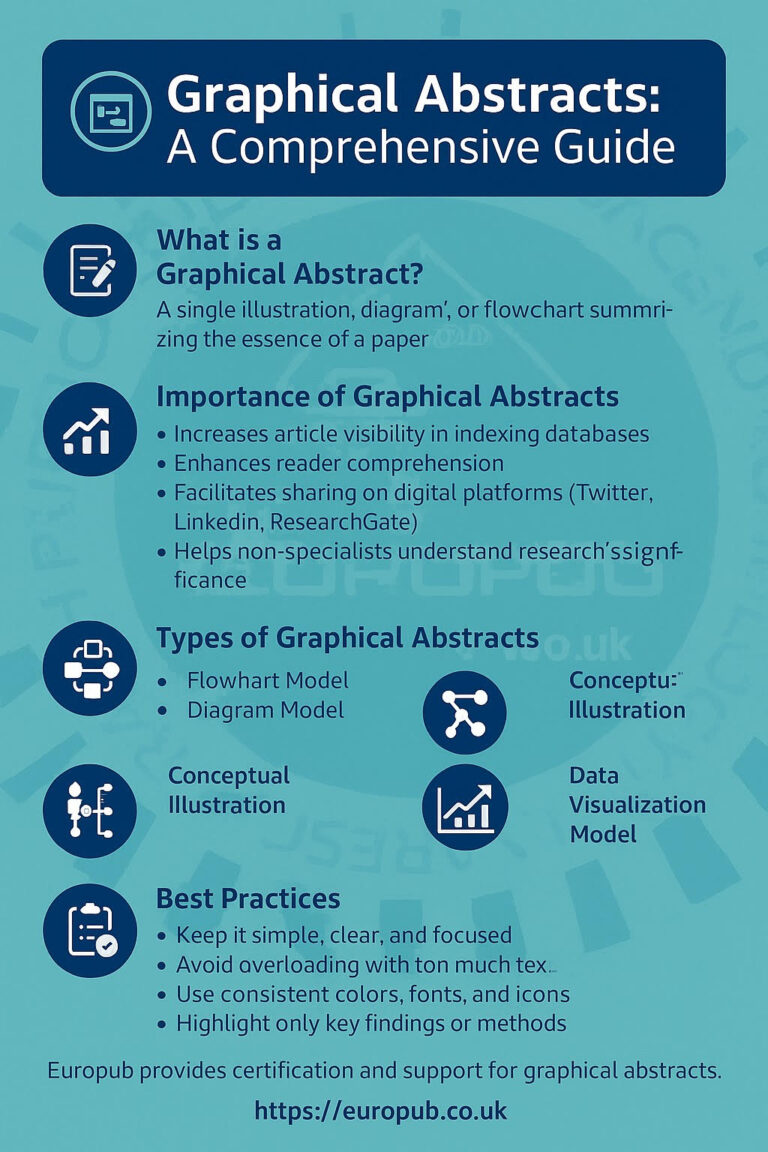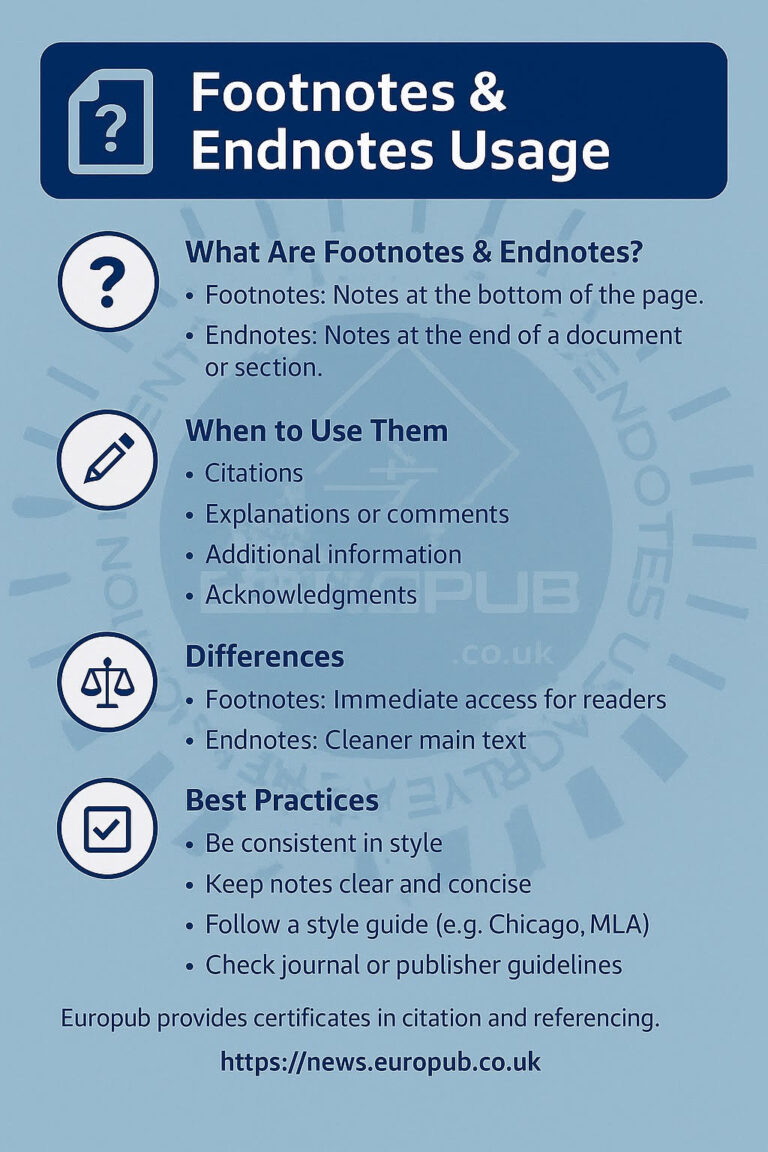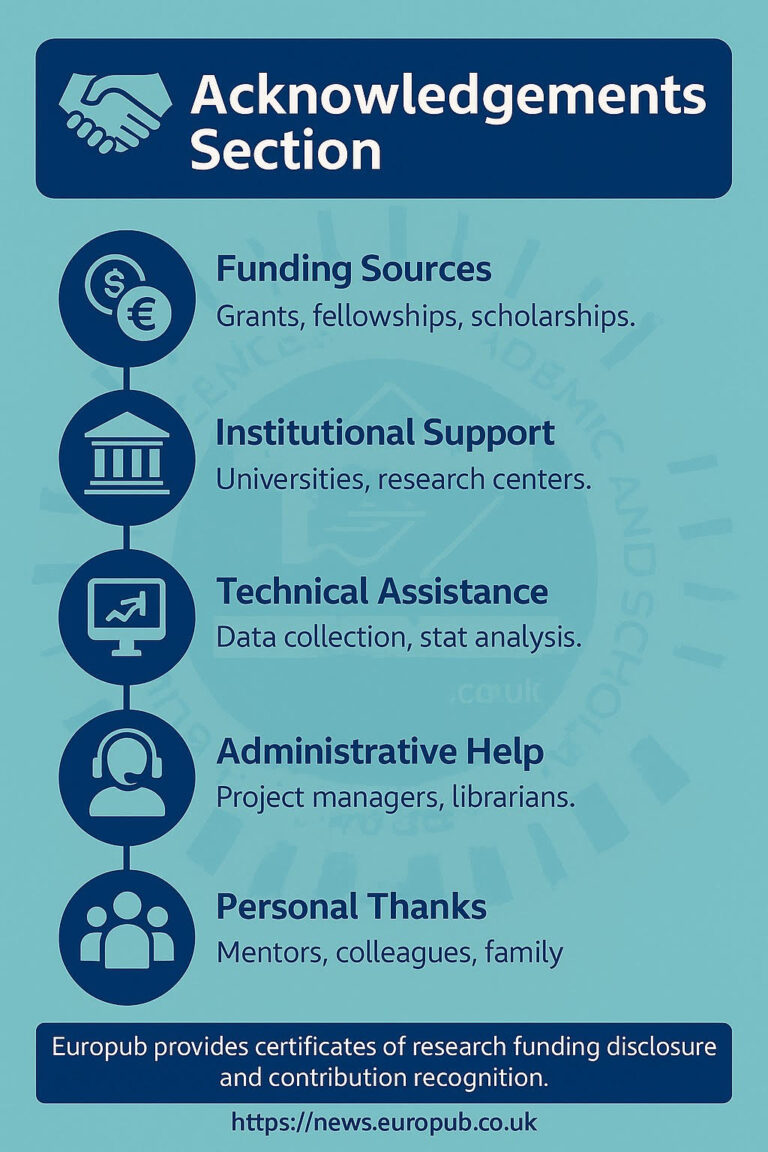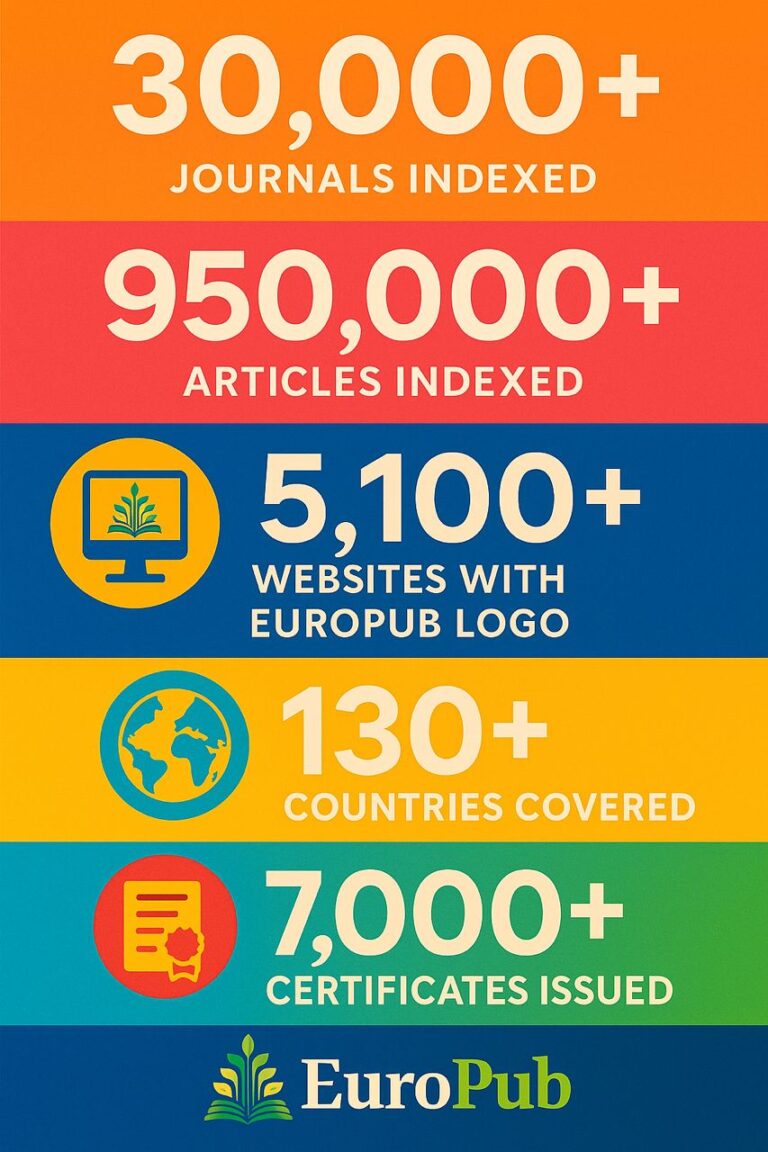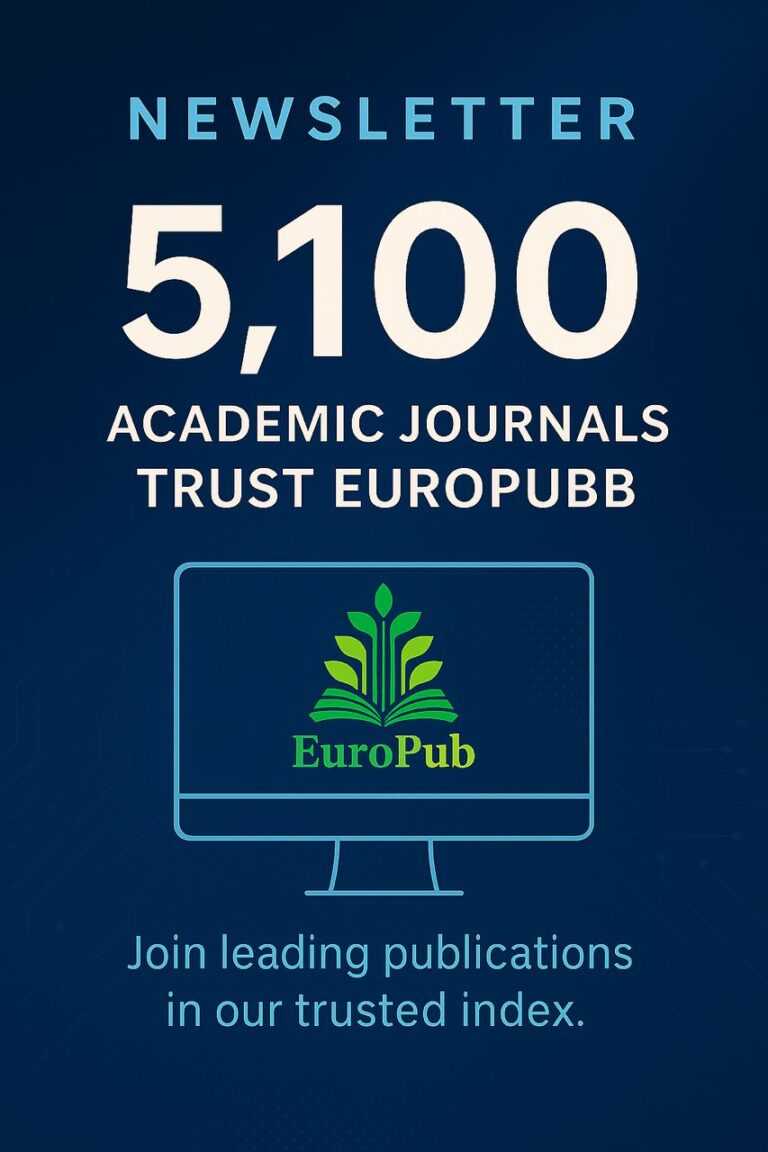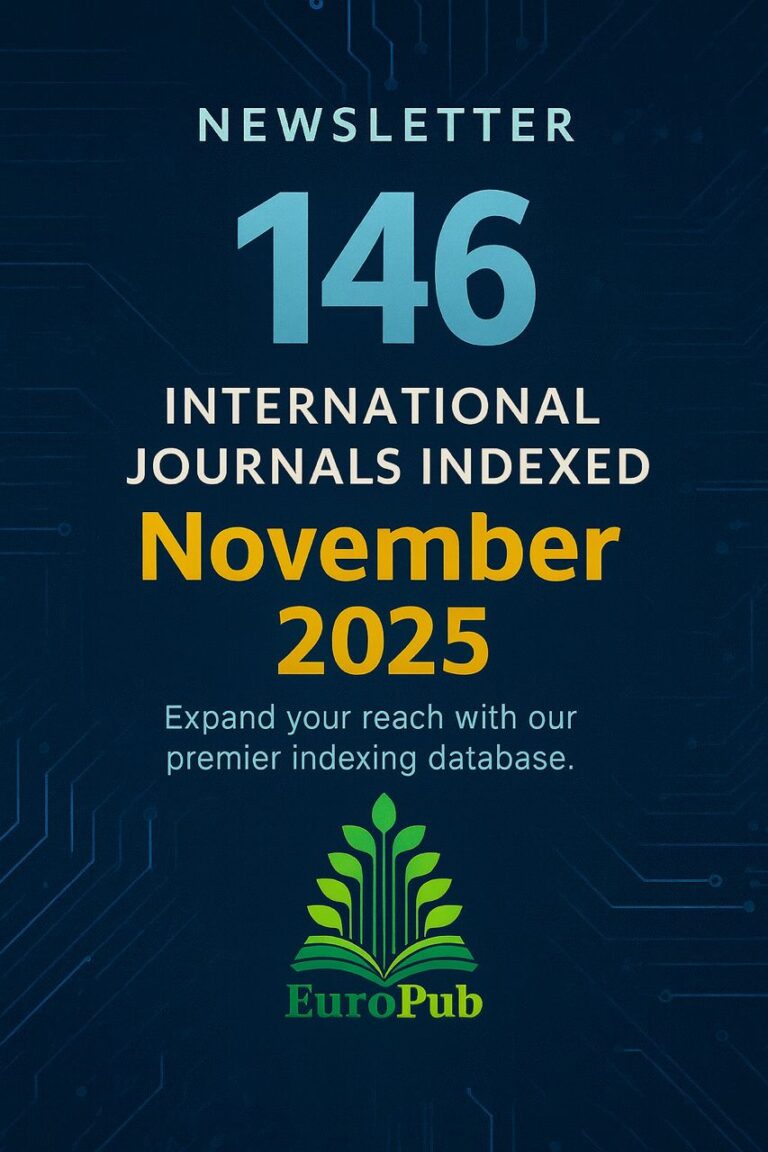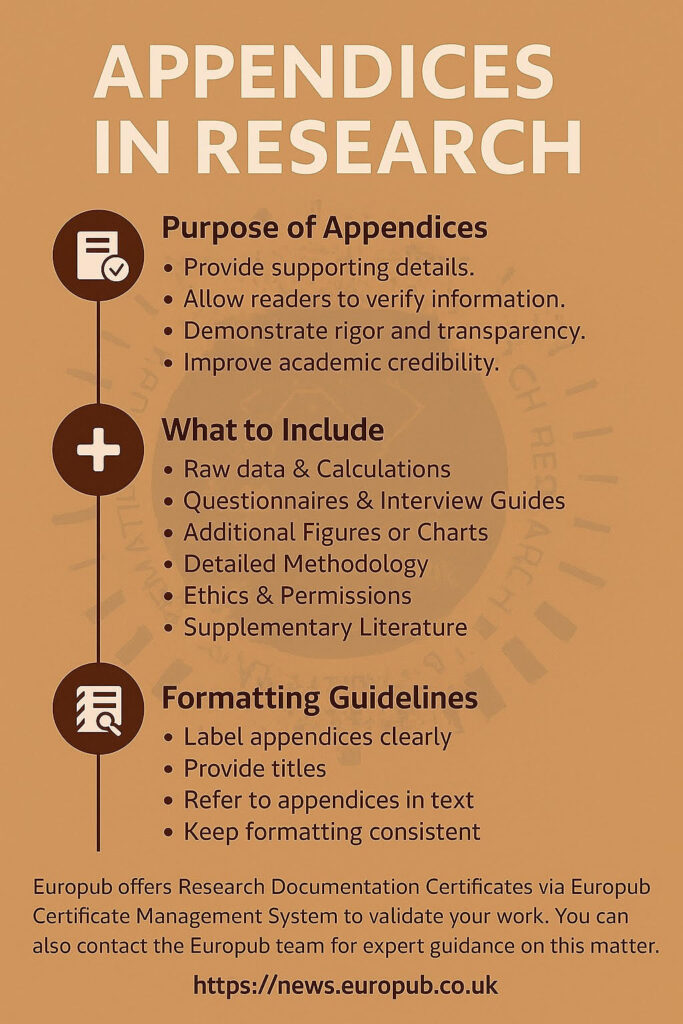
Introduction
In academic writing, the appendix (plural: appendices) is a section placed at the end of a thesis, dissertation, or research paper that contains supplementary material not included in the main text. Appendices provide additional evidence, data, or documentation that supports the research but would otherwise clutter the main body.
Well-organized appendices improve transparency, reproducibility, and credibility in academic work.
Purpose of Appendices
 Provide supporting details without interrupting the main flow.
Provide supporting details without interrupting the main flow.
 Allow readers to verify data, methods, and results.
Allow readers to verify data, methods, and results.
 Demonstrate research rigor and transparency.
Demonstrate research rigor and transparency.
 Improve academic credibility by including raw material.
Improve academic credibility by including raw material.
What to Include in Appendices
- Raw Data & Calculations
- Survey responses, lab results, detailed statistical tables.
- Questionnaires / Interview Guides
- Full survey instruments, structured interview schedules.
- Additional Figures, Graphs, or Charts
- Supplementary illustrations not central to the discussion.
- Detailed Methodology
- Technical procedures, formulas, coding manuals.
- Ethics & Permissions
- Consent forms, ethical approval letters.
- Supplementary Literature
- Extended references, background documents.
Formatting Guidelines
- Label appendices clearly: Appendix A, Appendix B…
- Provide titles: Appendix A: Survey Questionnaire.
- Refer to appendices in the text: “See Appendix B for full dataset.”
- Keep formatting consistent with the rest of the paper.
- Each appendix should begin on a new page.
Example
Main text:
The complete set of interview questions can be found in Appendix A.
Appendix A (at end):
Interview Questionnaire with 15 open-ended questions regarding health behaviors.
Best Practices
 Include only relevant material (avoid unnecessary content).
Include only relevant material (avoid unnecessary content).
 Organize logically and systematically.
Organize logically and systematically.
 Ensure appendices are referenced in the main paper.
Ensure appendices are referenced in the main paper.
 Use clear headings and numbering.
Use clear headings and numbering.
Common Mistakes
 Including critical results in appendices (they belong in Results section).
Including critical results in appendices (they belong in Results section).
 Failing to label appendices properly.
Failing to label appendices properly.
 Overloading with unnecessary information.
Overloading with unnecessary information.
 Not referring to appendices in the main text.
Not referring to appendices in the main text.
Tools & Resources
Europub Certification & Guidance
Europub provides Research Documentation Certificates via its Certificate Management System:
 Certificate of Supplementary Data Documentation
Certificate of Supplementary Data Documentation
 Certificate of Transparency in Research
Certificate of Transparency in Research
With Europub certification, you can:
- Ensure proper use of appendices.
- Strengthen credibility of your research.
- Validate ethical and methodological compliance.
 Apply here: https://cms.europub.co.uk
Apply here: https://cms.europub.co.uk
 Main site: https://europub.co.uk
Main site: https://europub.co.uk
 Newsletter: https://news.europub.co.uk
Newsletter: https://news.europub.co.uk
 Europub experts also provide guidance on research formatting and compliance with ISI/Scopus journals.
Europub experts also provide guidance on research formatting and compliance with ISI/Scopus journals.
 Frequently Asked Questions (FAQs) on Appendices in Research
Frequently Asked Questions (FAQs) on Appendices in Research
1. Do all research papers need appendices?
Answer: No. Appendices are optional and should only be included if supplementary information adds value.
2. How should appendices be labeled?
Answer: Alphabetically (Appendix A, B, C) or numerically if required by journal guidelines.
3. Can appendices include raw data?
Answer: Yes, but only if relevant and ethical (e.g., anonymized datasets). Sensitive information should not be published.
4. Should appendices appear in the table of contents?
Answer: Yes, in theses and dissertations. Some journals do not include them in TOC.
5. Can appendices replace the methodology section?
Answer: No. Core methods must appear in the Methods section. Appendices are for extra technical details.
6. How long can an appendix be?
Answer: There’s no strict limit, but it should remain concise, relevant, and professional.
Conclusion
Appendices are an important element of academic writing that provide transparency and credibility by documenting supplementary details. Properly used, they enhance the readability and integrity of research. Europub helps researchers by providing certification and expert guidance to align appendices with international publishing standards.
